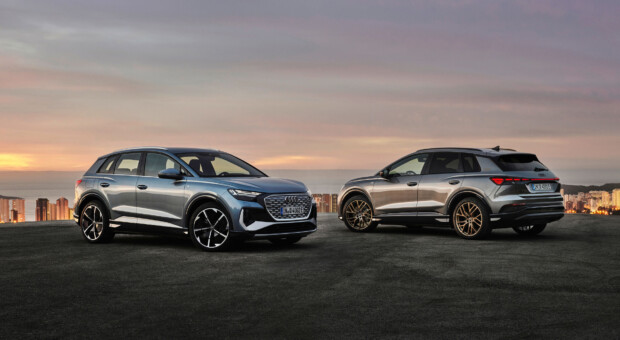
Internal combustion engines (ICEs) have been powering vehicles for over a century, but electric vehicles (EVs) have recently emerged as a viable alternative. In this article, we will compare the two types of engines in terms of their efficiency, cost, and environmental impact.
Efficiency, Cost, and Environmental Impact: Classic vs Electric Motors
Efficiency: ICEs convert only about 20-30% of the energy stored in fuel into mechanical energy, with the rest lost as heat and noise. On the other hand, EVs are much more efficient, converting up to 90% of the energy stored in batteries into mechanical energy. This means that EVs can travel much further on the same amount of energy as a gas-powered vehicle.
Cost: ICEs are currently cheaper to produce than EVs, primarily due to the high cost of batteries. However, as battery technology improves and economies of scale are achieved, the cost of EVs is expected to come down. Additionally, the cost of operating an EV is lower than that of an ICE vehicle, as electricity is cheaper than gasoline or diesel fuel. This means that over the lifetime of a vehicle, an EV can actually be less expensive to own and operate than an ICE vehicle.
Environmental Impact: ICEs emit harmful pollutants into the air, including carbon monoxide, nitrogen oxides, and particulate matter. They also contribute to greenhouse gas emissions, which are a major cause of climate change. EVs, on the other hand, produce no direct emissions and can significantly reduce greenhouse gas emissions if they are charged using renewable energy sources like solar or wind power.
The Future of Automotive Power: Classic Engines or Electric?
In addition, EVs have the potential to significantly reduce noise pollution in cities, as they produce much less noise than ICE vehicles. This can have a positive impact on the health and well-being of city residents.
Breaking Down the Pros and Cons of Classic and Electric Motors
However, the production of batteries and the electricity used to charge them also have environmental impacts. The production of batteries requires mining of metals like lithium and cobalt, which can have negative environmental impacts if not done responsibly. Additionally, the electricity used to charge EVs is only as clean as the energy source used to generate it.
In conclusion, while ICEs have been the dominant technology for powering vehicles for over a century, EVs are quickly emerging as a viable alternative. While ICEs are currently cheaper to produce, EVs are much more efficient and have the potential to significantly reduce greenhouse gas emissions and noise pollution in cities. As battery technology improves and economies of scale are achieved, the cost of EVs is expected to come down, making them an increasingly attractive option for consumers.
















